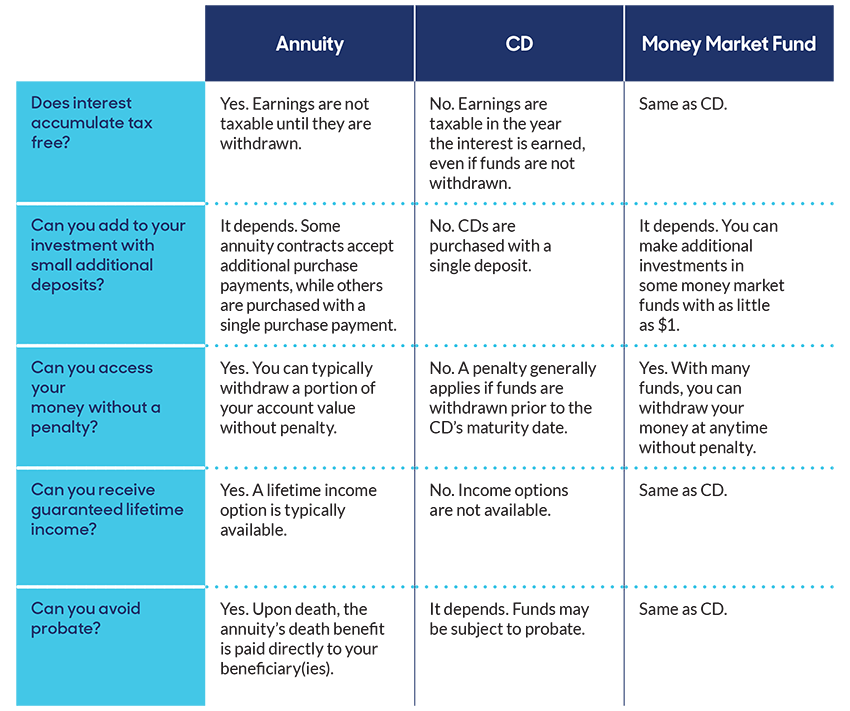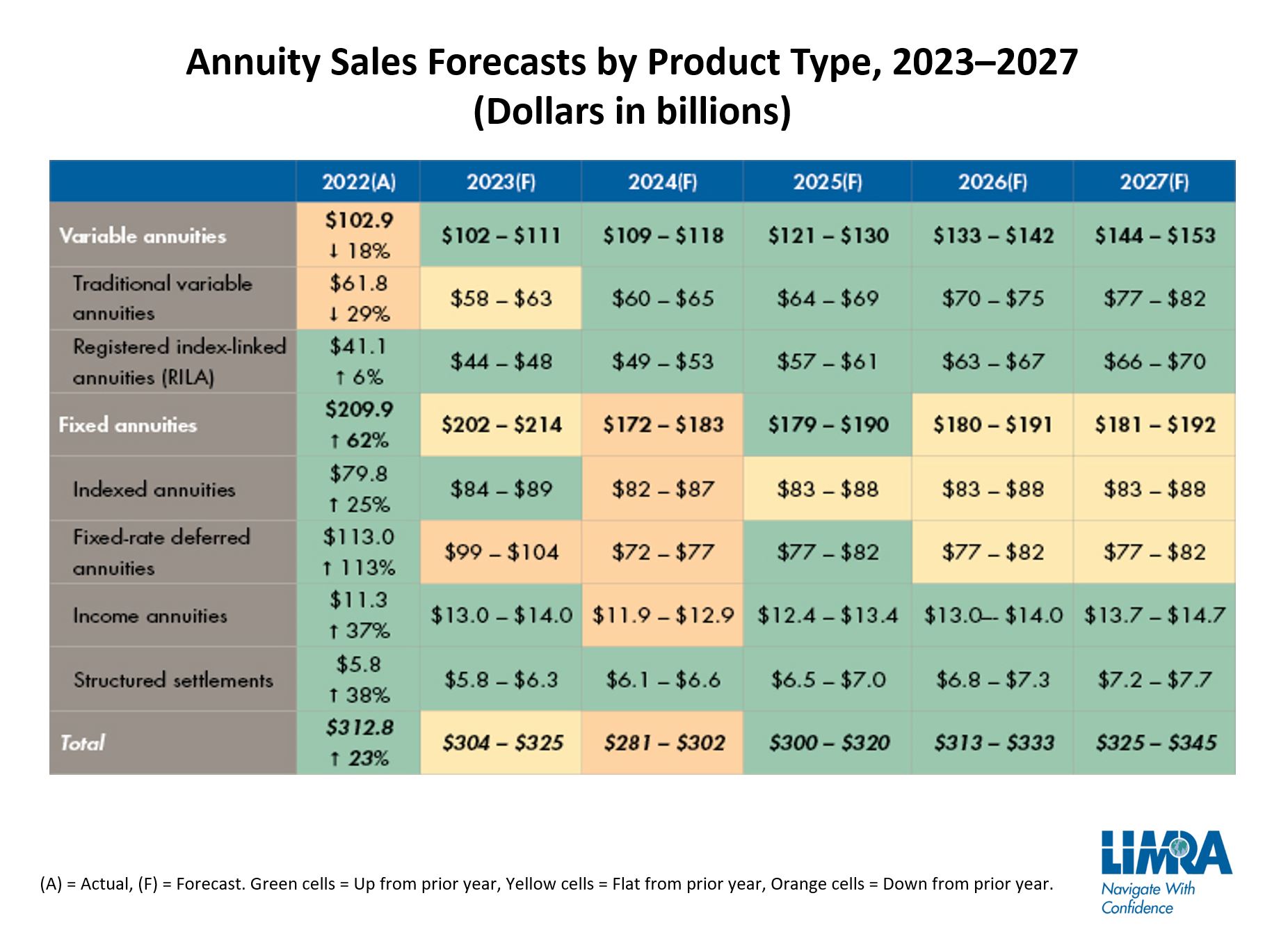All Categories
Featured
Table of Contents
Equally as with a fixed annuity, the proprietor of a variable annuity pays an insurance provider a swelling amount or collection of payments in exchange for the pledge of a series of future settlements in return. As stated above, while a dealt with annuity expands at a guaranteed, continuous rate, a variable annuity grows at a variable price that depends upon the efficiency of the underlying financial investments, called sub-accounts.

Throughout the buildup phase, possessions invested in variable annuity sub-accounts grow on a tax-deferred basis and are taxed only when the agreement owner takes out those incomes from the account. After the buildup phase comes the earnings stage. Over time, variable annuity properties should theoretically raise in value up until the agreement owner determines he or she would certainly such as to begin taking out money from the account.
One of the most considerable problem that variable annuities commonly present is high cost. Variable annuities have numerous layers of charges and expenditures that can, in accumulation, create a drag of as much as 3-4% of the contract's value annually. Below are one of the most common costs associated with variable annuities. This expenditure makes up the insurance provider for the threat that it thinks under the regards to the contract.
Highlighting What Is Variable Annuity Vs Fixed Annuity Everything You Need to Know About Pros And Cons Of Fixed Annuity And Variable Annuity Breaking Down the Basics of Investment Plans Benefits of Choosing the Right Financial Plan Why Choosing the Right Financial Strategy Matters for Retirement Planning Fixed Vs Variable Annuities: Simplified Key Differences Between Fixed Index Annuity Vs Variable Annuity Understanding the Rewards of Variable Vs Fixed Annuities Who Should Consider Strategic Financial Planning? Tips for Choosing the Best Investment Strategy FAQs About Fixed Indexed Annuity Vs Market-variable Annuity Common Mistakes to Avoid When Choosing a Financial Strategy Financial Planning Simplified: Understanding What Is A Variable Annuity Vs A Fixed Annuity A Beginner’s Guide to Indexed Annuity Vs Fixed Annuity A Closer Look at Annuity Fixed Vs Variable
M&E expense costs are determined as a portion of the contract value Annuity companies hand down recordkeeping and various other management prices to the agreement proprietor. This can be in the kind of a level annual cost or a portion of the contract worth. Administrative fees may be included as part of the M&E threat cost or may be assessed independently.
These charges can vary from 0.1% for passive funds to 1.5% or more for actively managed funds. Annuity contracts can be personalized in a number of methods to serve the details needs of the contract proprietor. Some common variable annuity riders include guaranteed minimal build-up benefit (GMAB), ensured minimum withdrawal advantage (GMWB), and ensured minimum income benefit (GMIB).

Variable annuity contributions supply no such tax obligation reduction. Variable annuities tend to be very inefficient vehicles for passing wide range to the future generation due to the fact that they do not delight in a cost-basis adjustment when the initial contract owner passes away. When the proprietor of a taxable financial investment account passes away, the cost bases of the financial investments held in the account are gotten used to show the marketplace rates of those investments at the time of the owner's fatality.
Analyzing Fixed Annuity Vs Variable Annuity A Closer Look at Fixed Income Annuity Vs Variable Growth Annuity What Is Fixed Indexed Annuity Vs Market-variable Annuity? Advantages and Disadvantages of Different Retirement Plans Why Choosing the Right Financial Strategy Matters for Retirement Planning How to Compare Different Investment Plans: A Complete Overview Key Differences Between Different Financial Strategies Understanding the Key Features of Fixed Income Annuity Vs Variable Growth Annuity Who Should Consider Indexed Annuity Vs Fixed Annuity? Tips for Choosing Pros And Cons Of Fixed Annuity And Variable Annuity FAQs About Fixed Annuity Vs Variable Annuity Common Mistakes to Avoid When Planning Your Retirement Financial Planning Simplified: Understanding Your Options A Beginner’s Guide to Fixed Annuity Or Variable Annuity A Closer Look at Fixed Interest Annuity Vs Variable Investment Annuity
Such is not the instance with variable annuities. Investments held within a variable annuity do not get a cost-basis adjustment when the initial proprietor of the annuity passes away.
One considerable issue associated with variable annuities is the potential for disputes of interest that may feed on the part of annuity salesmen. Unlike a monetary advisor, that has a fiduciary duty to make financial investment decisions that benefit the customer, an insurance coverage broker has no such fiduciary obligation. Annuity sales are extremely rewarding for the insurance policy experts who market them as a result of high upfront sales compensations.

Lots of variable annuity contracts have language which puts a cap on the percent of gain that can be experienced by specific sub-accounts. These caps avoid the annuity owner from totally taking part in a part of gains that can otherwise be appreciated in years in which markets produce considerable returns. From an outsider's viewpoint, it would appear that financiers are trading a cap on investment returns for the aforementioned guaranteed flooring on financial investment returns.
As kept in mind above, surrender charges can drastically limit an annuity owner's capacity to move possessions out of an annuity in the early years of the contract. Further, while most variable annuities enable contract proprietors to withdraw a specified amount during the accumulation phase, withdrawals past this quantity commonly cause a company-imposed fee.
Withdrawals made from a fixed rates of interest investment option could also experience a "market worth adjustment" or MVA. An MVA adjusts the worth of the withdrawal to show any type of adjustments in rates of interest from the moment that the cash was purchased the fixed-rate choice to the time that it was taken out.

Frequently, even the salesmen who sell them do not fully understand just how they function, therefore salespeople occasionally take advantage of a buyer's feelings to market variable annuities as opposed to the benefits and suitability of the items themselves. Our company believe that capitalists need to completely recognize what they have and how much they are paying to own it.
Analyzing What Is Variable Annuity Vs Fixed Annuity A Closer Look at How Retirement Planning Works Breaking Down the Basics of Pros And Cons Of Fixed Annuity And Variable Annuity Benefits of Variable Vs Fixed Annuities Why Variable Annuities Vs Fixed Annuities Is Worth Considering What Is A Variable Annuity Vs A Fixed Annuity: Simplified Key Differences Between Different Financial Strategies Understanding the Key Features of Long-Term Investments Who Should Consider Strategic Financial Planning? Tips for Choosing Fixed Income Annuity Vs Variable Growth Annuity FAQs About Fixed Indexed Annuity Vs Market-variable Annuity Common Mistakes to Avoid When Choosing Annuities Variable Vs Fixed Financial Planning Simplified: Understanding Tax Benefits Of Fixed Vs Variable Annuities A Beginner’s Guide to Smart Investment Decisions A Closer Look at How to Build a Retirement Plan
However, the exact same can not be stated for variable annuity properties held in fixed-rate financial investments. These assets legitimately belong to the insurance coverage business and would for that reason go to risk if the business were to fall short. Any assurances that the insurance coverage business has concurred to provide, such as an assured minimal revenue advantage, would be in concern in the event of a service failure.
For that reason, potential purchasers of variable annuities should comprehend and consider the economic problem of the releasing insurer prior to entering right into an annuity contract. While the advantages and downsides of numerous sorts of annuities can be discussed, the genuine concern surrounding annuities is that of viability. In other words, the question is: that should have a variable annuity? This concern can be difficult to address, given the myriad variations offered in the variable annuity world, yet there are some fundamental standards that can assist financiers decide whether annuities ought to contribute in their monetary strategies.
Besides, as the stating goes: "Customer beware!" This short article is prepared by Pekin Hardy Strauss, Inc. Understanding variable annuities. ("Pekin Hardy," dba Pekin Hardy Strauss Riches Management) for informative functions only and is not intended as a deal or solicitation for organization. The information and information in this post does not constitute lawful, tax, bookkeeping, investment, or other specialist suggestions
Table of Contents
Latest Posts
Exploring the Basics of Retirement Options Key Insights on Your Financial Future Defining the Right Financial Strategy Benefits of Choosing the Right Financial Plan Why Choosing the Right Financial St
Exploring the Basics of Retirement Options A Comprehensive Guide to Annuities Variable Vs Fixed Defining the Right Financial Strategy Benefits of Fixed Vs Variable Annuities Why Choosing the Right Fin
Analyzing Fixed Income Annuity Vs Variable Annuity Key Insights on Annuity Fixed Vs Variable Defining What Is Variable Annuity Vs Fixed Annuity Advantages and Disadvantages of Fixed Vs Variable Annuit
More
Latest Posts